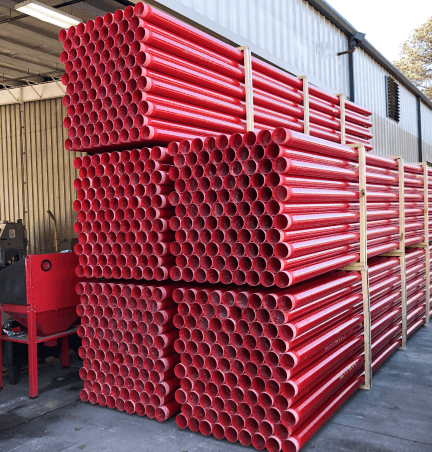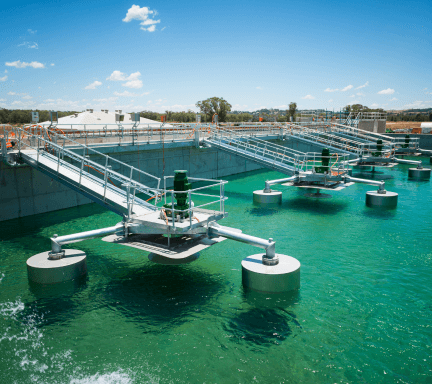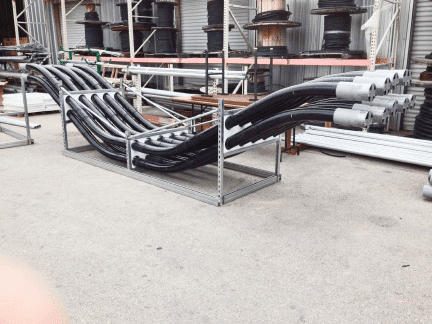Interest and investment in buried utility projects continue to heat up across the country, with record-breaking projects currently in progress in Florida and California. While these projects offer considerable safety and reliability benefits they also come with substantial price tags. Federal programs like the Infrastructure Investment and Jobs Act, the Inflation Reduction Act, and the Broadband Equity Access and Deployment program have in some ways offset those costs and helped to support growth in the sector.
Breaking Records
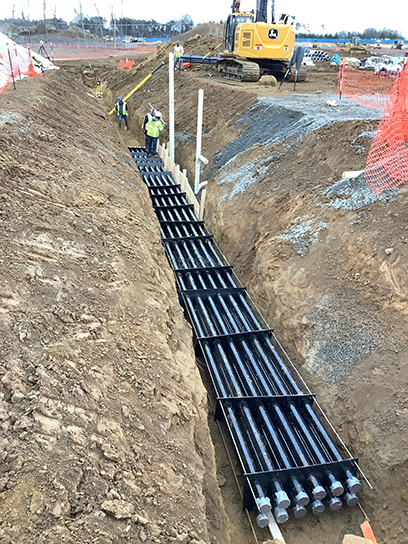
Pacific Gas and Electric Company (PG&E) is on track to meet this year’s goals for the U.S.’s largest buried power lines project which will bury 10K miles of lines in high-risk fire areas of California. The project will provide communities with a 99% reduction in the risk of wildfires and the elimination of Public Safety Power Shutoff disruptions during windy conditions. The underground system will also be much more resilient to cold and snowy conditions.
This year PG&E plans to complete 350 miles of lines, more than four times the 73 miles of power lines that they buried in 2021. By 2026 they plan to reach 750 miles per year.
Through this massive project, crews are gaining experience that has led to faster installations and reduced costs. One example of this is burial depth. Traditionally lines were buried at 36 inches, however, San Diego Gas and Electric has discovered that successfully burying lines at 30 inches will save $25 million this year alone.
It has been said that burying utilities is just too expensive, but Pacific Gas and Electric Company’s CEO Patti Poppe says just the opposite – that it’s too expensive not to – and points out that underground utilities have a lower cost of maintenance and inspection, as well as greater climate resistance, compared to above ground utilities.
Costs of the project have been reduced from $4 million per mile at the start to closer to $3.3 million per mile currently, with hopes that costs will continue to decrease as crews gain experience.
Meanwhile, with a much smaller geographic footprint but a lofty goal, Winter Park, Florida aims to be the first city in the country with 100% of its electric lines underground. As of August 2023, they have completed 75% of the total lines and expect to finish by 2030.
New Construction Equals Unparalleled Opportunities
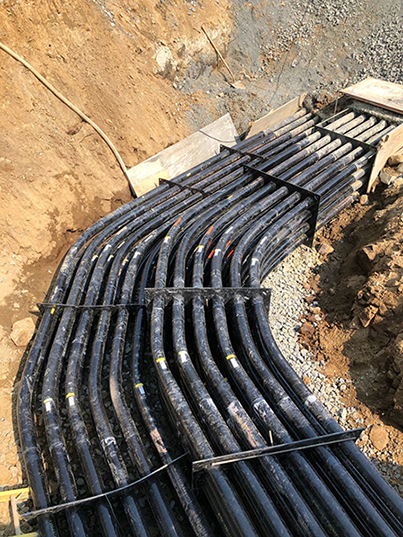
In southwest Las Vegas a new housing subdivision will include underground sewer, water, gas, electric and fiber optic infrastructure. The project is being executed by Platinum Contracting of Nevada who report that 95% of their company’s projects involve underground installation of utilities.
Compared to traditional above ground utilities which last decades at best, Platinum CEO Dean Gettman projects that underground utilities will last hundreds of years.
Underground utilities are resistant to outages from environmental damages like equipment malfunction, storm damage or vehicles running into poles, and can provide a more reliable system overall.
Challenges for Underground Utilities Projects
The most significant challenges for underground utility projects are time and money.
Fast development can be a reason that long stretches of above-ground power continue to be erected. While they are faster and less costly to build and install they are much less reliable and more susceptible to failures than underground utilities which are built to last.
In California, the highly traversed Canal Street in San Rafael which is frequented by vehicles, pedestrians and cyclists has been approved to move its power lines underground – eventually. The historically underserved community is expected to wait five to seven years for construction because the area has not been deemed a high wildfire risk area by PG&E.
Combating Damages to Underground Utilities
Damages to underground utilities cost $430 billion annually in the U.S. The Common Ground Alliance (CGA) serves to protect underground utility lines, people who dig near them and their communities. The group has set a goal to reduce damages to underground utilities by 50% in 5 years. Their strategies include a campaign for more consistent use of 811 (60% of damages are caused by professional contractors who do not contact 811 before digging), education around excavator best practices, accuracy of utility locating and broader access to map visualizations.
In September, The Utility Expo in Kentucky featured hands-on demonstrations and educational events focused on underground utility damage prevention. Topics ranged from electromagnetic location (EMI) and Ground Penetrating Radar (GPR) to conduit mapping tools and various software solutions.
Looking Forward
Interest and investment in these projects is expanding beyond Florida and California. In Michigan, where lengthy outages are frequent in counties with dense trees, a pilot program is being developed to continue to reduce the costs of undergrounding which will allow additional lines to be buried in the future, ultimately reaching 400 miles of undergrounding annually. The pilot program would improve electric services for nearly 2 million homes and businesses.
Legislation is beginning to play a larger role too. In north Las Vegas it is now a requirement for residential developers building north of Craig Road within city limits to bury utilities.
Advocates of buried utilities tout that while overall safety and electrical grid reliability are the key drivers of undergrounding efforts, it’s also important to design for the future and consider modern-day needs like home electrical vehicle charging stations and compatibility with clean energy, as shifts to solar power and electric vehicles will require an even more reliable power grid.
Why Champion Fiberglass®
Champion Fiberglass® has been covering the benefits of buried utilities, including wildfire reduction and elimination of imposed blackouts, since 2019.
Direct buried fiberglass conduit is a superior solution for underground utilities applications. Fiberglass (RTRC) conduit is an excellent choice for high-voltage transmission lines because it is fault resistant, meaning during a cable fault, the cable will not melt or weld to the inside of the fiberglass conduit. The damaged cable can be removed, and the conduit will be unaffected meaning a new cable can then be re-installed inside of that same conduit.
To learn more about underground electrical conduit requirements and available conduit options, contact a Champion Fiberglass Rep or consult the Champion Fiberglass Blog.
Learn More
Keep Reading
Champion Fiberglass® Named a CompositesWorld Top Shop for 2024
The origins of fiberglass date back to the ancient Greeks. Today fiberglass is used for a variety of applications from…
Get to Know Research and Development Engineer Blake Rogers
He’s got a diverse background in engineering, is new to Texas and can juggle. Meet Blake Rogers.
Electrical Conduit Cost Savings: A Must-Have Guide for Engineers & Contractors
To help identify cost savings that don’t cut corners on quality, Champion Fiberglass developed a free resource for engineers and…








